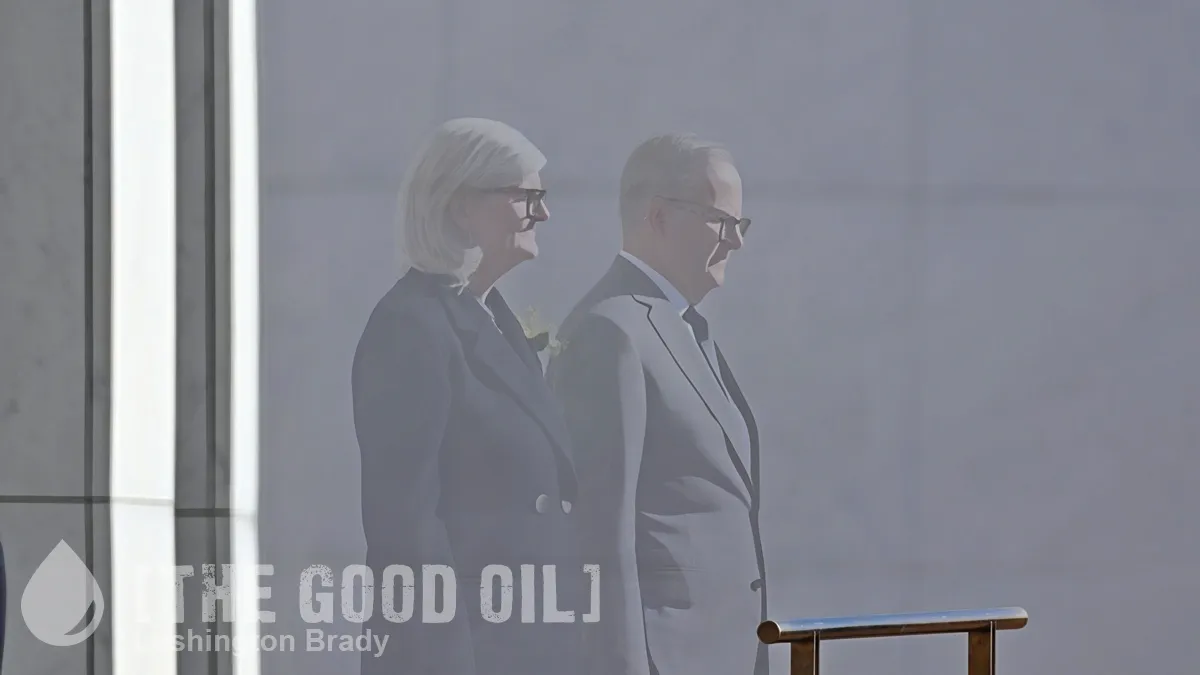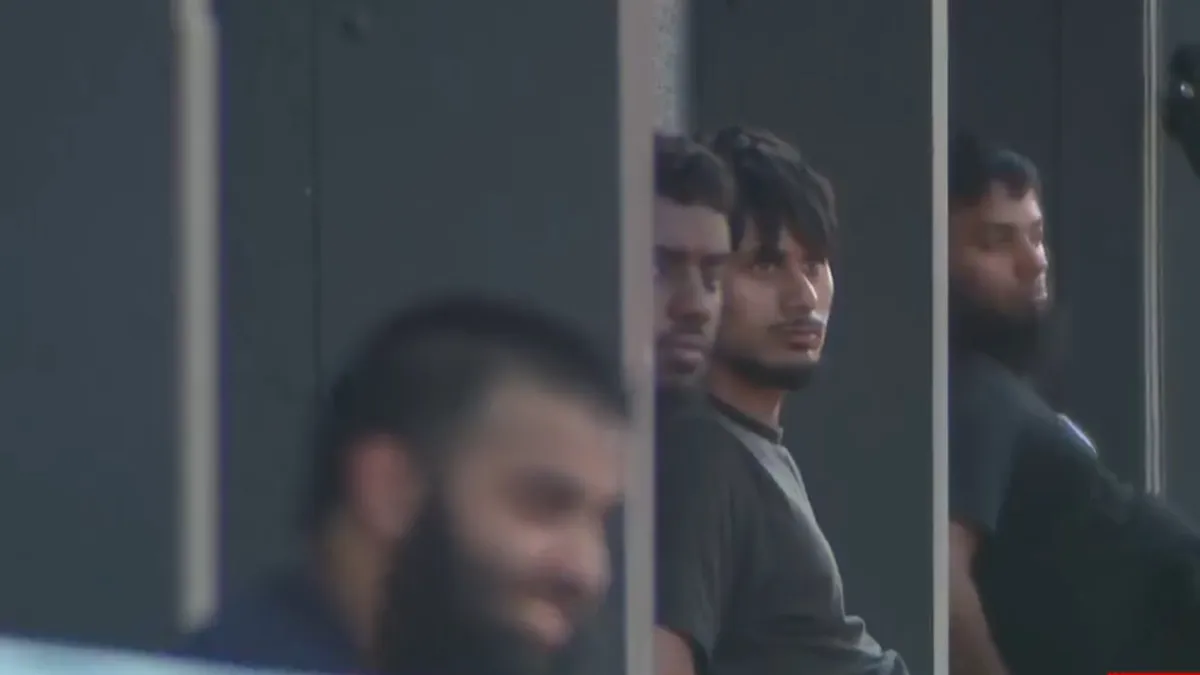It’s often forgotten that the first step to the EU, the Coal and Steel Union, was explicitly set up to constrain the furore Teutonicus, without antagonising the Teutons again, by occupying the coal-and-steel Ruhr district. Everyone remembered only too well how that had played out the first time. So the Coal and Steel Union was a handy, backdoor way of constraining Germany’s access to coal and steel, if need be.
Why was that so important? Because coal and steel were – and are – critical to Germany’s (and anyone else’s) ability to wage war. No steel, no guns, tanks, battleships and so on. Indeed, in almost every way imaginable, a firm base of heavy industry is absolutely necessary to a nation’s military capability.
China is building its heavy industry base at breakneck speed. Australia, like Britain, Germany and every Western nation idiotically crippled by Climate Derangement, is just as busily dismantling its own. How does anyone think that’s going to work out?
As I recently wrote, the Australian and South Australian governments are suddenly throwing billions at keeping one of Australia’s last big steelworks from shutting down. The decision is almost entirely cheap (or expensive, really) politics: with an election looming, Anthony Albanese can’t be seen to preside over the loss of a major employer. A loss precipitated largely by his own lunatic ‘Net Zero’ policies.
That said, though, there is a critical strategic interest in keeping Whyalla steel mill alive.
The machinery of the Whyalla steel works is antique, having started production in 1965, and it supplies, in a good year, only about 15 percent of Australia’s steel needs.
However, it is the only domestic source of long steel products, such as structural steel and rail. The steel billet it sends to Newcastle for rolling is the only domestic source of reinforcement bar for the construction industry.
Bluescope’s Port Kembla steelworks, by contrast, is focussed on coil, which is turned into flat products such as roofing.
Even if they keep Whyalla open, though, the Albanese policy of replacing its blast furnaces with ‘green’ electric arc furnaces are a strategic blunder worse than sending pig iron to Japan in the 1930s.
Whyalla’s steel is relatively free from impurities, meaning it has strategic importance for military manufacturing, including for the Benalla munitions plant. Electric arc furnaces cannot match the quality of blast furnace steel. In addition to Whyalla, Sanjeev Gupta’s GFG Alliance controls arc-furnace steel operations at Laverton in Melbourne and Rooty Hill in Sydney.
The structural steel and reinforcement bar coming from Whyalla could all be imported – indeed last year a record 3.1 million tonnes of steel product was imported as distributors sought to manage their insecurity over Whyalla’s steel supplies. There is no alternative global producer of Whyalla’s rails, which are made to unique Australian standards.
Any idea that Albanese or Peter Malinauskas in South Australia have strategic rather than political aims in mind is put paid to by their strategic idiocy of letting so many other heavy industries disappear into the green yonder.
There was no federal government intervention last year when chemical company Qenos shut down the last two petrochemical plants in Australia capable of making polyethylene, the essential ingredient for most plastic products. The plants are to be demolished to make way for industrial property development.
Australia’s only stainless steel plant was shut in 1996, the only tinplate plant in 2006 and the last aluminium rolling mills in 2014.
The motor industry, which was the most advanced integrated machinery manufacturing operation in the country, was shut down between 2015 and 2017.
Once again, thanks to a Labor government drunk on its own conceit that it was leading the way for the rest of the world. The Button Plan in the 1980s was touted as a world leader in tariff reduction. Instead it shut down everything from the domestic garment industry to, by a process of a thousand cuts over three decades, the car industry.
Market forces have been allowed to bring the destruction of domestic manufacturing capability, with the standout exception being the Morrison government’s 2022 decision to extend subsidies to ensure the survival of the last two oil refineries, Viva in Geelong and Ampol’s refinery at Lytton in Brisbane. This followed the closure of Exxon’s Melbourne refinery and BP’s Kwinana refinery the previous year.
‘Market forces’ which only followed the policy settings of the virtue-signalling idiots in Canberra. When Boofhead Bowen throws policy obstacle after obstacle in the road of the coal industry, while showering money and tax breaks on ‘renewables’, who can doubt where the ‘market’ will go?
So, what will happen to Whyalla when the election is past and the government stops throwing money at it?
While government rescue finance is welcome, the plant needs a corporate saviour. Buying the Whyalla works is probably not what Bluescope Steel has in mind for strategic diversification, although a national purchase would have political appeal. South Korea’s Posco was interested in Whyalla when the plant’s former owner got into financial difficulties eight years ago. The government may be able to use the strength of its relationship with Japan to entice an operator such as Nippon Steel into the fray.
What is disturbing is that the decision to provide support is reactive and ad hoc, as was the case with the decision to save the last two oil refineries. There is no strategy spelling out what manufacturing capabilities Australia possesses that must be preserved in the interests of sovereignty.
Unfortunately, the only sovereignty Albo cares about is imaginary ‘Aboriginal sovereignty’.
This clown car government is a strategic blunder from which Australia will take years, if not decades, to recover.









